|
Author
|
Topic: Brainstorm
|
Burton Sundquist
Master Film Handler
Posts: 318
From: Burnaby, B.C. Canada
Registered: Feb 2017
|
 posted November 24, 2019 09:19 PM
posted November 24, 2019 09:19 PM



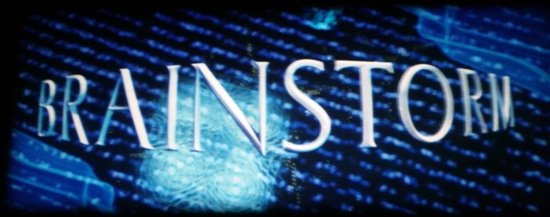
Brainstorm (1983) MGM/UA Starring Christopher Walken, Natalie Wood, Louise Fletcher, Cliff Robertson. Directed By Douglas Trumbull. The print reviewed is a Kempski/Derann Super 8 scope print with magnetic mono sound, mounted on 2 X 1200' reels/spools.
THE PLOT: Brainstorm is a Science Fiction Film about a group of scientsts working on a device that can record sensory data from the brain of the subject, all sights, sounds, tastes, smells as well as physical sensation and emotions. That experience can be re-lived by anyone wearing the device headset and playing back the tape. A type of VR but with the added elements of physical sensation and emotion. The team soon learn that the Firm backing the research is intending to offer its capabilities to the Military, Code named Operation Brainstorm. Not wanting the device to be used by the Military, The Group conspire together to sabotage the project and put and end to Operation Brainstorm.
THE PRINT: The Super8 Scope print I received is Poly Eastman LPP. There is German printing on the original heads and tails but not enough to confirm it to be a Kempski print. Now on 2 X 1200', It was originally mounted on 6 X 400' based on splices where the reels were joined. The color is very nice, however I did notice on the second and fourth reel there is a slight blueish hue, not as obvious as I have seen on other Prints. The chrominance is a little low in the early lab scenes but over all the color rates a B+. Having recently screened Kempski Scope Poltergeist and Soylent Green I was a little disappointed with Brainstorm as it lacks the Fantastic Sharpness quality of the previously mentioned releases. It is a nice clear pint with some stunning effects but here too the film scores B+ in the Sharpnesss category. The Mono sound is crystal clear and the full acoustic range is excellently reproduced. A+ for the sound, which will sound even better once re-mixed to Dolby Digital Stereo. To sum it up, This is an above average Scope Release, an entertaining film with "This is Scope" type effects ( the regular scenes where filmed in 35 mm at a 1.7 to 1 ratio and the VR sequences were shot in 70 mm at a 2.2 to 1 ratio ).
This film would be Final Film for Natalie Wood, who tragically drowned before the film was completed. A unique and visually impressive print. Good enough reason, I think, to add to the collection.

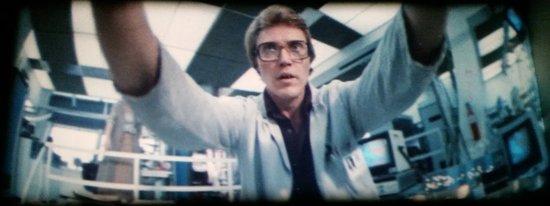
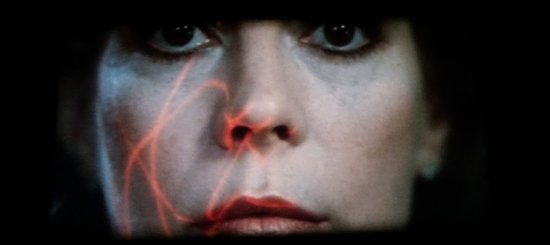
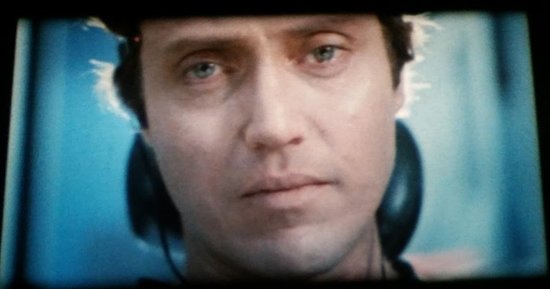
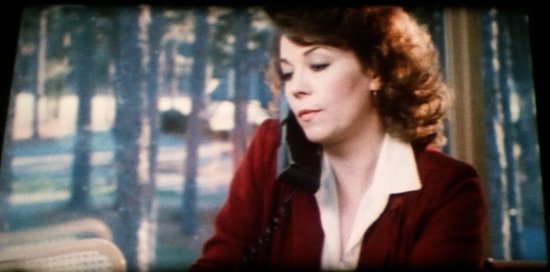
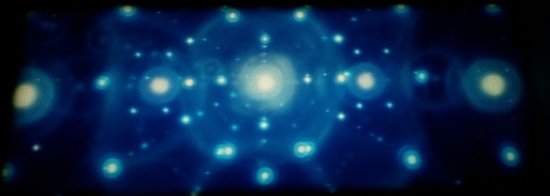
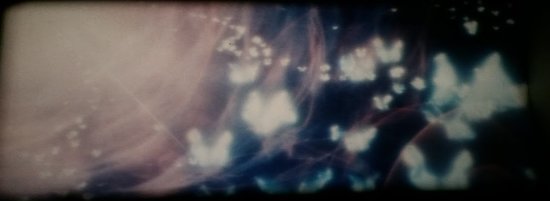
[ November 25, 2019, 12:26 AM: Message edited by: Burton Sundquist ]
| IP: Logged
|
|
|
|
|
|
|
|
|
|
|
|
|
|
Bruno Heughebaert
Expert Film Handler
Posts: 219
From: Belgium
Registered: Sep 2011
|
 posted November 26, 2019 06:15 AM
posted November 26, 2019 06:15 AM




Douglas trumbull's interview about showscan
https://www.youtube.com/watch?v=XgYj5D7PnUk
"Slate it" - Douglas Trumbull's Brainstorm (60fps mixed HFR Test)
https://www.youtube.com/watch?v=ZJcLndVO-Pc
This is the description of the youtube link (not my text)
This is a test of my attempt to re-create a mixed frame rate version of Douglas Trumbull's vision for Brainstorm using a small portion of the film.
It was Trumbull's vision to shoot Brainstorm in Showscan, an early version of HFR (high frame rate) cinema. Unfortunately, due to the limitations of theatrical equipment at the time and the prohibitive cost of retrofitting them to play Showscan, this vision was never realized, and Brainstorm was instead filmed and released in traditional 24p.
Although Trumbull's R&D tests of Showscan were at 72fps (3X the speed of 24p) I have only upsampled the footage to 2.5X, which is 60p which can be played on YouTube. The point of this exercise is to see sometime approximating what Trumbull envisioned, so please make sure you watch this clip at 60fps for the desired effect.
Trumbull left clues in the editing about which parts were intended for high frame rate. In regular 24p scenes, the frame was cropped to a 4:3 frame and pillarboxed, but the cuts meant for Showscan were filmed in wide screen 2.35:1 (and usually with a wide angle lens).
Software and upsampling technique used:
The original film was placed into an Adobe Premiere Project. The footage was then placed onto a 59.94 FPS timeline. Select edits were identified, cut and placed onto a new layer, and upsampled using Optical Flow time interpolation.
It necessary to make sure the interpolated clips were not cut on an original edit boundary, and instead each interpolated clip was given "handles" of 1-2 frames to ensure that Optical Flow did not try to interpolate between two scenes.
| IP: Logged
|
|
|
|
|
|
|
|
|
|
|
|
|
|
|
|
|



 UBBFriend: Email this page to someone!
UBBFriend: Email this page to someone!
 Printer-friendly view of this topic
Printer-friendly view of this topic



 UBBFriend: Email this page to someone!
UBBFriend: Email this page to someone!
 Printer-friendly view of this topic
Printer-friendly view of this topic